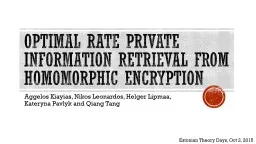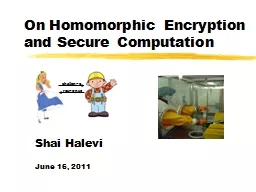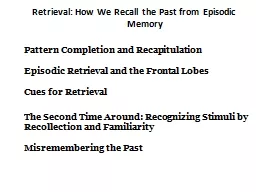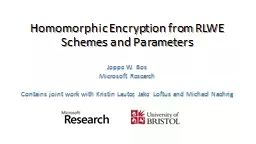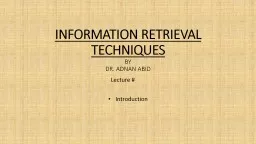PPT-Optimal Rate Private Information Retrieval from Homomorphic
Author : trish-goza | Published Date : 2017-10-22
Aggelos Kiayias Nikos Leonardos Helger Lipmaa Kateryna Pavlyk and Qiang Tang Estonian Theory Days Oct 2 2015 motivation I am boooored I want to watch a movie
Presentation Embed Code
Download Presentation
Download Presentation The PPT/PDF document "Optimal Rate Private Information Retriev..." is the property of its rightful owner. Permission is granted to download and print the materials on this website for personal, non-commercial use only, and to display it on your personal computer provided you do not modify the materials and that you retain all copyright notices contained in the materials. By downloading content from our website, you accept the terms of this agreement.
Optimal Rate Private Information Retrieval from Homomorphic: Transcript
Download Rules Of Document
"Optimal Rate Private Information Retrieval from Homomorphic"The content belongs to its owner. You may download and print it for personal use, without modification, and keep all copyright notices. By downloading, you agree to these terms.
Related Documents

